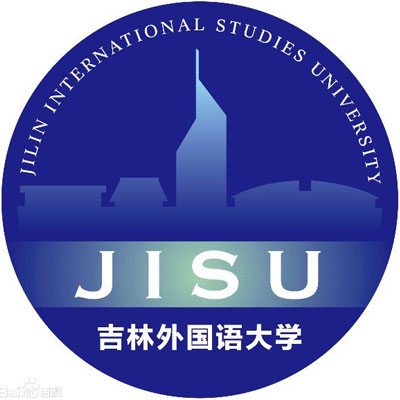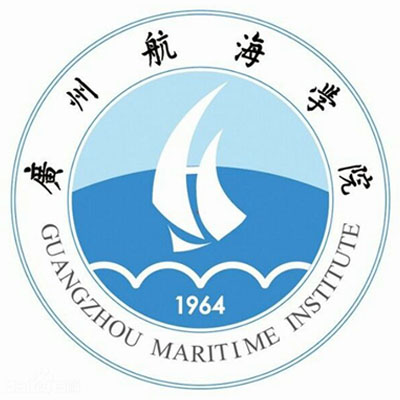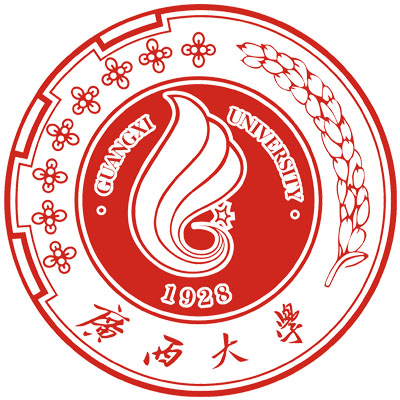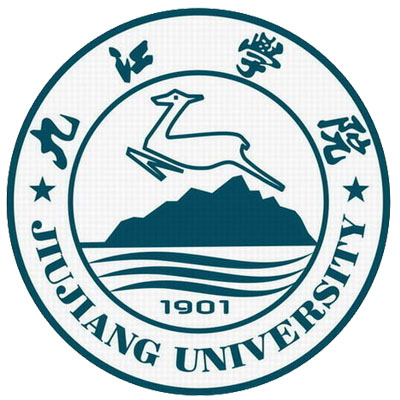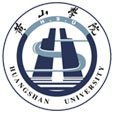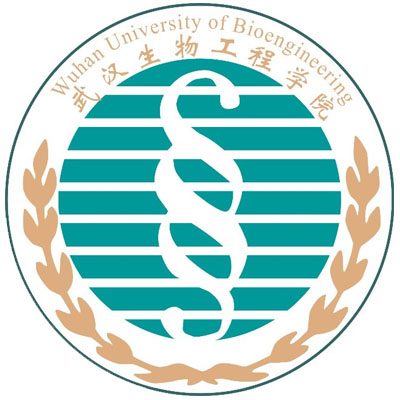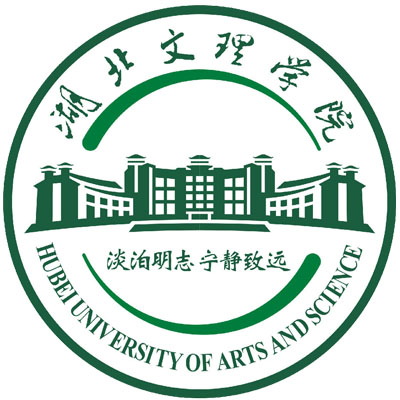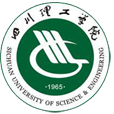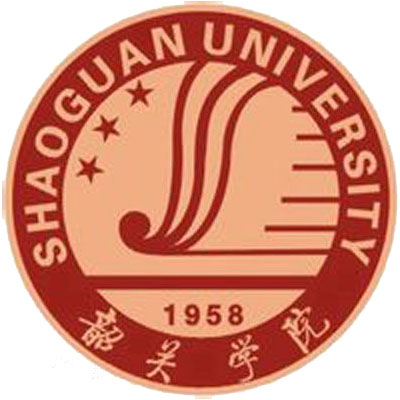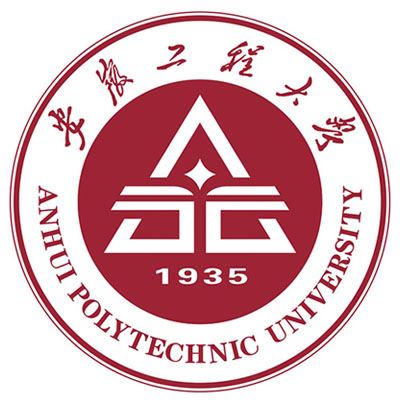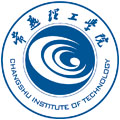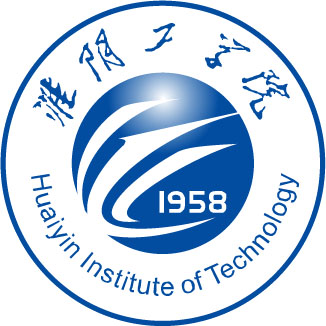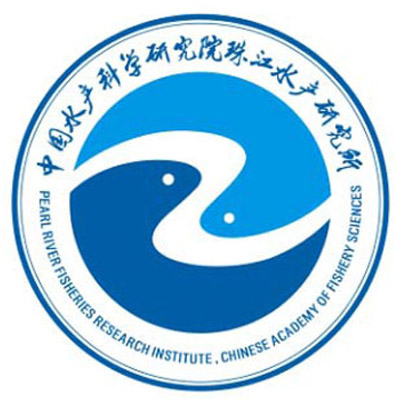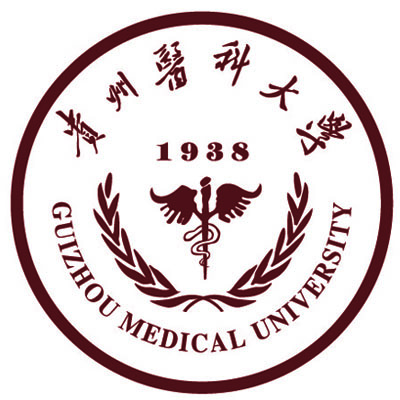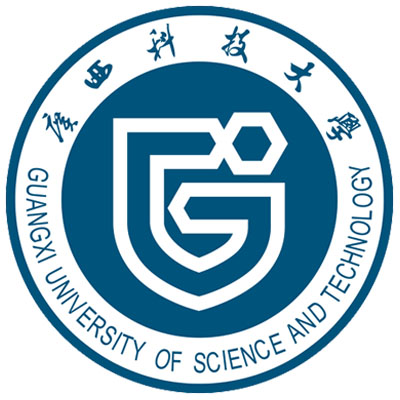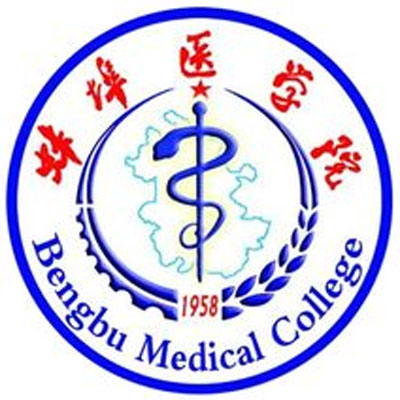Potsdoctoral Position In Transmission Electron Microscopy (M/F)
Universities And Institutes Of France
Description
Organisation/Company: CNRS
Research Field: Biological sciences Chemistry Physics
Researcher Profile: First Stage Researcher (R1)
Application Deadline: 30/04/2021 23:59 - Europe/Brussels
Location: France › NANTES
Type Of Contract: Temporary
Job Status: Full-time
Hours Per Week: 35
Offer Starting Date: 01/09/2021
You will develop methods preparation of graphene liquid cells and sample loading protocols, as well as adapted in situ imaging protocols. You will analyse in situ dynamic data and perform a detailed analytical investigation of the reaction products under irradiation in the (S)TEM. You will make use of graphene liquid cells (GLCs) to perform in situ LCEM experiments on phospholipid/TiO2 aqueous solutions and perform in situ visualization of the evolution of nanomaterials under irradiation. You will adapt, test and optimize GLC set-ups to perform LCEM experiments on carbonate-based solutions and study electrolyte/nanoparticle interfaces and the effect of different electrolytes. You will perform in situ (S)TEM and EELS experiments. After the in-situ LCEM experiments, you will investigate the reaction products ex situ using conventional high resolution (S)TEM/EELS. You will have access to unique imaging and analytical electron microscopy capabilities at IMN. Imaging and spectroscopy analysis will be performed using the Nant'Themis (S)TEM (Thermo Fisher Scientific Themis Z G3, equipped with a Super X EDS detector, low dose mode, direct electron detection (K2) coupled with the EEL spectrometer. The direct electron detection camera (K2) will also be used to obtain in situ images in low dose mode. Nanomaterials (Si@C and TiO2 nanoparticles) will be provided by our partners, LCMCP and NIMBE labs, in the ANR-ACETONE project. Additional characterizations will be performed at IMN (vibrational spectroscopy, zeta potential measurements) as well as different radiolysis techniques (pulse, steady state) using the radiolysis facilities in NIMBE and ICP. A comparison of the effect of irradiation using these techniques is also targeted in this project.
Title : development and application of graphene liquid-cell electron microscopy for the study of nanomaterial's structure - aging relationship
Aging phenomena naturally occur when nanomaterials are exposed to particular environments and have dramatic consequences on functionality. Together with the high surface to volume ratio of nanosized materials, comes the high sensitivity of surfaces very prone to modification and poisoning. Radiolysis is an accelerating aging technique, which makes it possible to generate and analyze aging processes repeatedly and swiftly as well as to propose reaction mechanisms. Many aging phenomena take place in solution and originate from specific sites of nanomaterials' surfaces. Besides from surface morphological and defective sites, aging can depend on other interfacial characteristics, such as chemical potential. A detailed investigation of aging mechanisms at the molecular level requires the use of characterization tools able to provide time-resolved information from a liquid environment with the sufficient spatial resolution. For nanoscale materials, this can be achieved using liquid cells in combination with (scanning) transmission electron microscopes (S)TEMs. The main goal of this project is to develop and apply graphene liquid cells as an electron irradiation set-up enabling the direct visualization of the evolution of nanomaterials under irradiation. We will focus on two topics related to biological and to electrochemical storage applications, respectively. Firstly, liquid-cell electron microscopy (LCEM) will be performed on aqueous solutions and applied to the characterization of aging in TiO2/phospholipid interfaces. Secondly, liquid cells will be developed for carbonate-based electrolytes and applied to the study of aging on Si@C nanoparticles. The results of this postdoc will serve to understand the underlying radiation chemistry processes induced by the electron beam. The results produced will be combined with new modelling and experimental results of different radiolysis techniques within the framework of the ACETONE project. This detailed understanding of aging phenomena will in turn help proposing materials with safer, controlled and improved properties. Deciphering reaction mechanisms at stake in aging processes will help suggesting solutions to try to decrease the impact of degradation phenomena.
This postdoc is funded as part of a National Agency for Research (ANR) PRC ACETONE project. The host laboratory is the Institute of Materials Jean Rouxel (IMN, UMR 6502, https:// www. cnrs-imn.fr). The IMN is a joined research centre between CNRS and the University of Nantes, composed by over 200 staff members including over 120 permanent staff members and around 80 PhD students and postdocs. The postdoctoral researcher will benefit from interaction with numerous colleagues working on a number of fields of material sciences through experiments using a myriad of advanced characterization techniques and through simulations. Through the ACETONE project, the postdoc will be part of an advanced electron microscopy group, aimed at the elucidation of material structure and composition down to the atomic scale, using newly acquired cutting-edge electron microscopy capabilities in the Pays de la Loire. Within IMN, the postdoctoral researcher will join the ST2E (Electrochemical storage and transformation of energy) group, as part of a research team axis aimed at the study of solid electrolyte interphases created during cycling of lithium batteries. The successful candidate will collaborate closely with the PMN (Physics of materials and nanostructures) team within the IMN as well as with different teams nationwide.
Eligibility criteria
You hold a PhD in the life sciences, physics, engineering or related disciplines. You have excellent experience in electron microscopy and spectroscopy, TEM, STEM and EELS. You have worked using low-dose conditions and have experience in beam sensitive samples. You have at least several years of experience in the use of liquid phase electron microscopy and with handling and working with liquid cells. You are enthusiastic and greatly interested on performing accurate experimental work using advanced equipment, experimental design as well as data processing methods. You like an interdisciplinary project with great synergy with modelling and radiation chemistry groups. You are quality-oriented, conscientious, creative, and cooperative, with a taste for scientific rigor. You are able to communicate to different audiences and have high level of English. You have experience interacting with biologists. Experience in the use of graphene liquid cells and knowledge of radiation chemical methods would be a plus.
为防止简历投递丢失请抄送一份至:boshijob@126.com(邮件标题格式:应聘职位名称+姓名+学历+专业+中国博士人才网)
中国-博士人才网发布
声明提示:凡本网注明“来源:XXX”的文/图等稿件,本网转载出于传递更多信息及方便产业探讨之目的,并不意味着本站赞同其观点或证实其内容的真实性,文章内容仅供参考。



